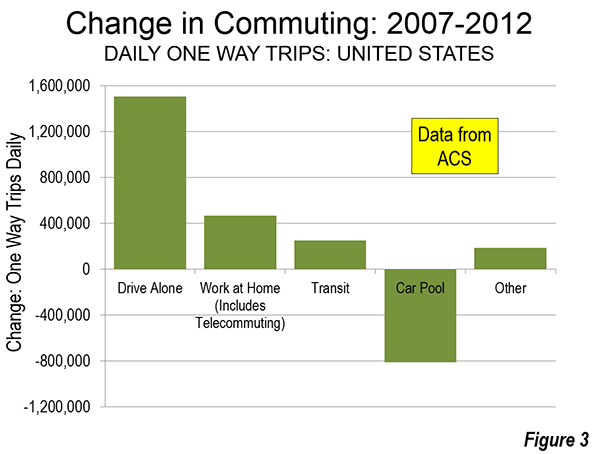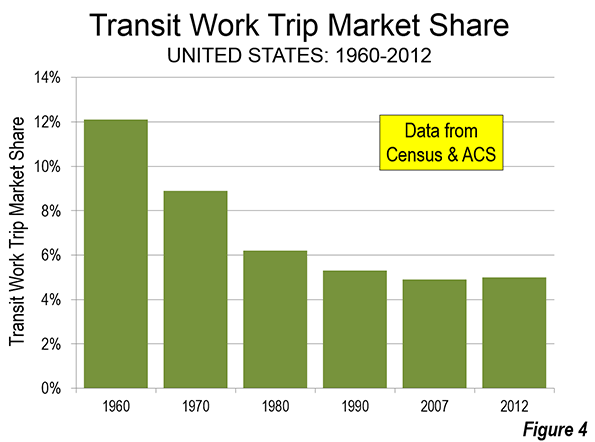Code Streamlining and Updates
Over the next year, the City will be working on improvements to the Community Development Code to make it more clear, concise, adaptable and user-friendly. The project will continue the work of the 2010 Community Development Code Audit and the Phase 1 Code Reorganization completed earlier this year, and support the Comprehensive Plan update.The project consists of three main components:
1. Updates to Commercial & Mixed Use Zoning
- Simplification of commercial/mixed-use zoning districts
- Streamlining the commercial/industrial use table
- Removing barriers to mixed-use development
Has anyone asked if this what residents want and what will work for local businesses?
2. Establish Clear and Objective Housing Standards
- Amending the code to ensure that all housing types have the opportunity to be reviewed under a clear and objective review process (a state requirement).
What kinds of housing does this address?
3. Updates to the Adjustments, Alternatives and Variances and Non-conforming Structures and Uses code sections.
I'm some Metro publications, this is a key element in changing a district from one type of use to another (Eg: industrial to mixed-use). Where might these code changes be beneficial?
How do the City and community benefit from this project?
The development code streamlining will make the code easier for the public to navigate, use and understand. The process will eliminate repetitive, confusing and out-of-date standards, resulting in time and cost savings for staff, creating more benefit for tax-payers and community members.
The Lake Oswego Community Development Codes are several inches thick with a reputation for being the most complicated around. It would be wonderful if there was a real house cleaning and the book became manageable - and readable. What makes Lake Oswego more difficult than other cities?
Removing barriers to mixed-use development will support the 2035 Community Vision and Map by facilitating the development of future housing and job growth in existing commercial and mixed-use areas, rather than in low-density neighborhoods. Providing a clear and objective review track for housing development will meet state rules by providing greater certainty and helping to prevent unreasonable cost or delay.
Facilitate ..future housing and job growth in existing commercial and mixed-use areas. This is an incomplete description of what the goals are for these code changes. All commercial zones in the city allow housing now. I assume the changes contemplated would make it easier to build the mixed-use developments desired in Town Centers (Downtown and Lake Grove) and Employment Districts (Kruse Way and the SW Industrial Zone, now classified as Employment Area). Do citizens even want high density development made easy without the fuss of dealing with limiting codes and potential public challenges to codes?
All updates should increase predictability in how the code applies, while respecting neighborhood differences.
How can I get involved?
Along with the advice of staff and a planning consulting team, Lake Oswego residents and stakeholders will have multiple opportunities to participate in the process. The project will benefit from local knowledge as well as national best practice expertise.
Public input will be sought through a focus group, advisory committee meetings, open houses, Planning Commission & Development Review Commission meetings, and public hearings. We encourage you to participate!
Have any of you heard of events and opportunities to participate?
What is the project schedule?
The project is expected to be completed in the summer of 2013. The general schedule is as follows:
A. Project Kick-off (August 2012). Competed?
- Code evaluation/research
- Focus group meeting with commercial development and business professionals
B. Draft and revise code concepts (September 2012 – January 2013). Completed?
- A code concepts report will be prepared that lays out various options to address the project components
- Advisory committee meetings, public open houses, and work sessions with the Planning Commission and City Council will be held to review the code concepts and identify the preferred alternatives
C. Draft code amendments (February – May 2013). Completed?
- Draft code amendments will be prepared to implement the preferred alternatives
- Advisory committee meetings, public open houses, and work sessions with the Planning Commission and City Council will be held to review draft amendments
- Consultant will present the draft in a public meeting
D. Work sessions and adoption hearings (June – August 2013). In Progress
- The final code amendments will be drafted
- Work sessions with the Planning Commission and City Council will be held
- A public hearing before the Planning Commission will be held, resulting in a recommendation to the City Council
- City Council public hearing and action

















